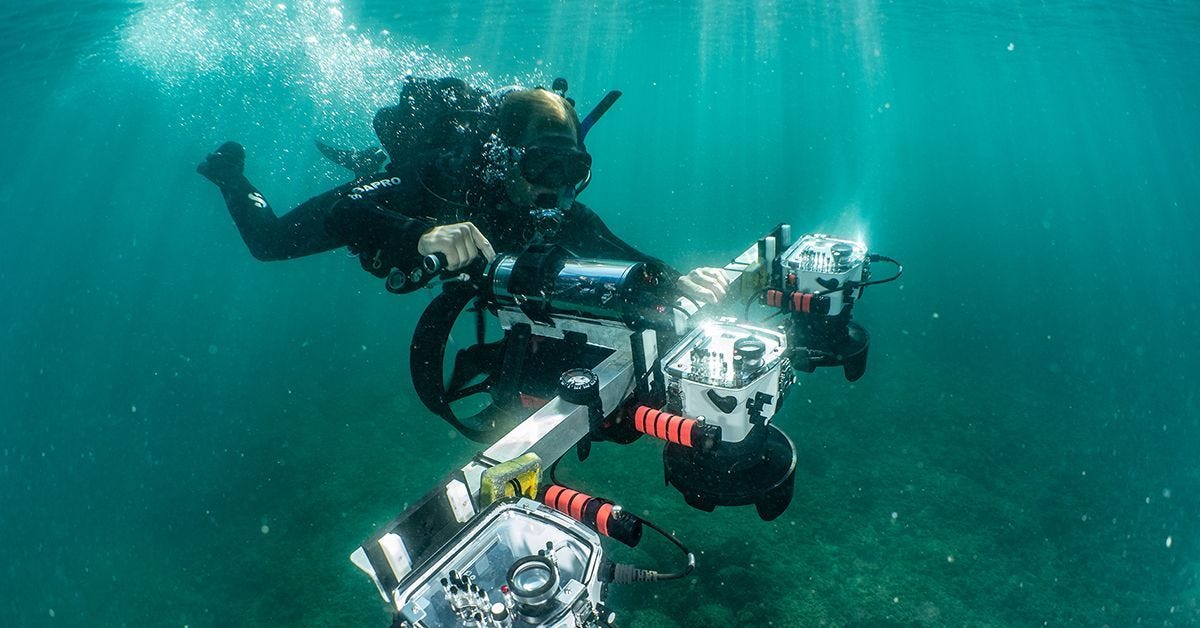Ancient Shipwrecks are Helping to Rewrite the History of Iron Age Trade
Latest News
Reported by UC San Diego Today:
New research out of the University of California San Diego and the University of Haifa is reshaping what we know about ancient seaborne trade in the eastern Mediterranean. Published recently in Antiquity, a new paper documents the first-ever discovery of Iron Age ship cargoes within a former port city in Israel and provides rare, direct evidence of trade in a period previously understood largely through land-based finds.
Spearheaded by UC San Diego’s Thomas E. Levy, co-director of the UC San Diego Qualcomm Institute Center for Cyber-Archaeology and Sustainability, a distinguished professor in the Division of Graduate Education and Postdoctoral Affairs and inaugural holder of the Norma Kershaw Chair in the Archaeology of Ancient Israel and Neighboring Lands in the Department of Anthropology, and Assaf Yasur-Landau, the founder of the University of Haifa’s Laboratory for Coastal Archaeology and Underwater Survey, the international research team has revealed new patterns of connectivity, commerce and political change in the region from the 11th to 6th centuries BCE.
The researchers uncovered three distinct submerged cargo assemblages in the Dor Lagoon—also known as Tantura Lagoon—on Israel’s Carmel Coast. This was once home to the bustling port city of Dor, which sat at the crossroads of Egyptian, Phoenician and later Assyrian and Babylonian trade.
These are among the very few Iron Age cargoes known across the entire Mediterranean and the first tied to a known Iron Age port city in the southern Levant.
The project is part of the long-running marine and cyber-archaeology collaboration between UC San Diego’s Center for Cyber-Archaeology and Sustainability and the University of Haifa’s School of Archaeology and Maritime Cultures. Through this partnership, researchers combine cutting-edge technologies like 3D modeling, multispectral imaging and digital mapping with traditional archaeological excavation to explore submerged cultural heritage.
Read more here.




Thank you for this report.
Love this!